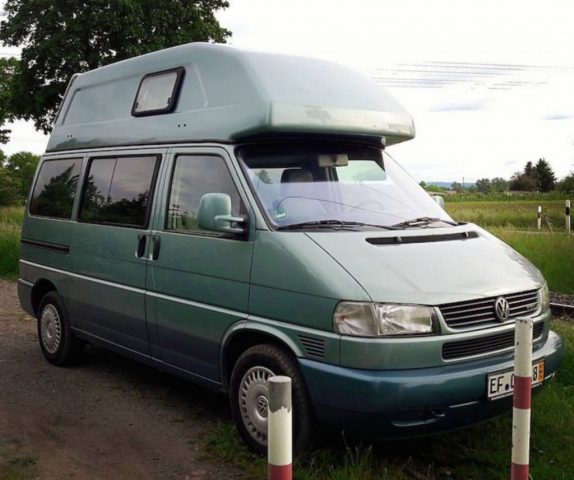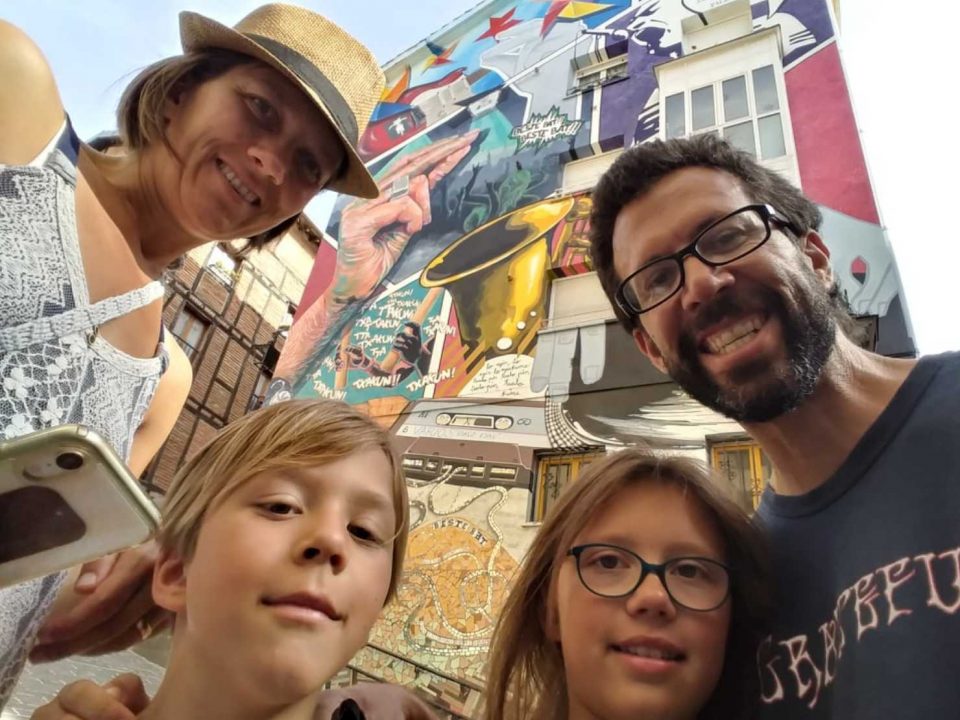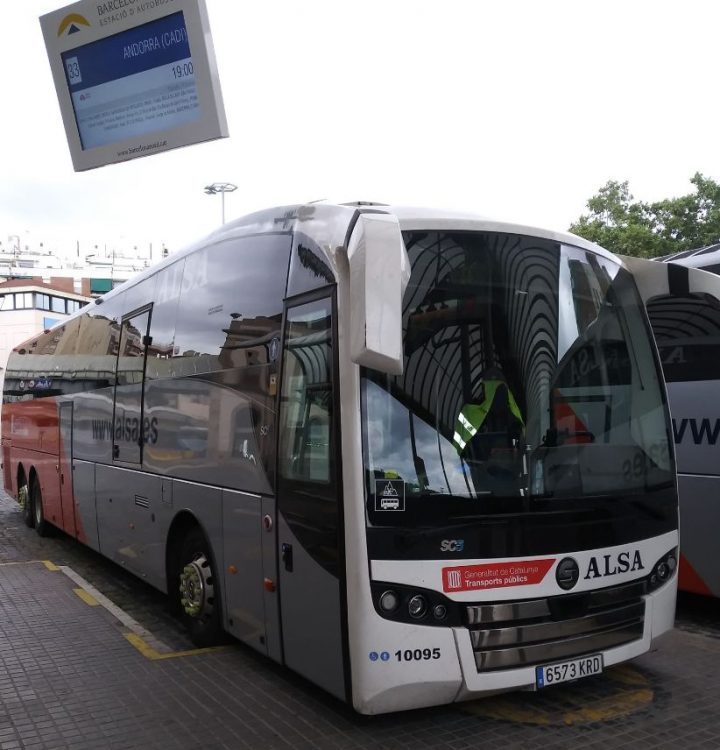
First World Problems: Issues and ideas from Catalunya and beyond
July 24, 2018
The King and I: How I met the Mayor
September 6, 2018Touring France and Germany in the comfort of our VW camper van for another month, we often talked about putting together a list of the best and worst of the European rest stops. But unfortunately, our record keeping has not been sufficiently meticulous to provide you with all the important details. Through our many highs and lows, however, we have come up with a few suggestions that you might consider to make your own camping excursions more successful.
Everyone has his own approach to traveling and camping, so let me first clarify ours. We have goals and destinations when we get on the road, but the journey is the real reward, and it’s often something of a mystery. In other words, if we’re trying to get from Catalunya to Bavaria, we’ll do a little arithmetic and allow about 4 or 5 days to get there. But where and when exactly we will stop, eat and sleep, is always a matter of chance. The details just sort themselves out organically, and somewhat spontaneously, as we venture over hill and dale.
Life is full of surprises, so we have allow for that, and even embrace it. But, of course, some surprises are more pleasant that others. Sometimes the kids refuse to spend another minute in the car, or they refuse to leave the park and get back in the car. As we’re on vacation, we try to give them a little leeway, affording the fun factor some priority over punctuality. An extra hour at the city park or by the picnic bench never killed anybody after all.
So unless were spending the night at a friend’s place, or trying to reach the auto mechanic before they close, we just look for roadside sleeping spots as we go. Having the proper camper vehicle makes that relatively easy, yet there are certain surprises that we’d prefer to avoid altogether. That’s why I’ve compiled this list of pointers, and I hope you’ll find it helpful.
1. Read and watch for signs.
As you barrel down the Autobahn, you’ll notice that rest stop signs are posted regularly, and they usually include details about the services. Using internationally understood icons, the signs will tell you if the rest stop has features like bathrooms, picnic benches, playground, food, or a gas station. And the signs often tell you how far it is to the next stop. With all that information, you can make a pretty educated decision about whether or not to pull off the highway.
2. Don’t be afraid to keep on driving.
Of course, the signs aren’t going to tell you everything about the rest stop, and you may discover that some of the features you were counting on are out of order and simply unusable. Mostly I’m talking here about the public restrooms, which can sometimes be in an indescribable state of squalor. The picnic area and playground might also be under construction. If, for any reason, you just don’t like the parking lot scene, don’t be afraid to keep on driving. It can be something of a gamble, but the couple times when we arrived in rest stops that smelled a little bit like too many truckers had been peeing a little too freely on the lawn, we always managed to come upon a better rest area within another 20 or 30 minutes down the road.
3. Bring your own T.P. and wet wipes.
Runny noses, sticky fingers, dirty bottoms, the scenarios are innumerable. And regardless of the state of the public facilities, you’ll always be glad that you brought an extra few rolls of toilet paper and a pack or two of wet wipes. If you’re traveling with kids and eating on the go, these are absolute essentials.
4. Lock the doors.
Once you’ve found a nice spot, parked the vehicle, and made the necessary preparations for sleepy time, always lock the doors. You may remember the incident we had last summer in which we carelessly forgot to do this, and I awoke to find an intruder rifling through my back pack. If not, you can read that whole story HERE. It’s a thriller! And trust me, you don’t want it happening to you.
5. Stash the valuables.
Even after you’ve locked the doors, be sure that your valuables—passports, cash, electronic devices, etc.—are all carefully stowed away, out of reach of any potential intruder. As we discovered on our most recent trip, there are times when locked doors are not entirely enough to discourage a burglar who wants to get into your vehicle, even when there are 4 people sleeping inside.
As we slept beside a fantastic, mushroom-themed roadside playground, I woke to find a pair of miscreants shining LED lights into the car and trying to find a way in. I knocked on the window, and let them know we were not interested in whatever they had to offer. With some difficulty, I fell back asleep, only to wake up two more times in the night to see two other pairs of banditos scouting our vehicle and scanning our belongings through the window. And who knows how many more came around while I was sleeping.
To think they could actually try to break into a locked car full of people, it was hard to imagine. But try they did. Because in the morning we discovered that the locks on two of the car doors had been tampered with and disfigured. This rude awakening required the addition of items 6 and 7 on this list.
6. Park only in noisy, busy, well-lit rest stops with 24-hour services.
As it turns out, per our dispiriting experience above, the perfect picnic spots—quite, cozy and secluded—might not be the best sleep over stops. These quiet corners under the oak trees are perfect when you need to stop for a rest or a snack; but when it’s time to hunker down for bed, the darkness and privacy offer no great advantages. Instead they only seem to attract the crooked and favor the devious.
7. If all else fails, sell the camper, buy a mid-sized family car with ample trunk space, and use the extra cash to pay for cheap motel rooms.
FURTHER READING: For more tips on traveling, WWOOFing and doing WorkAway with kids, check out these great articles.





